Google Logo Design: History & Evolution

Image Courtesy: Google
The Google logo is more than just a simple insignia; it's an emblematic representation of the Internet age. If you've ever been curious about the magic behind the colors and shapes, then the history and evolution of Google logo design is a captivating journey to explore. As fellow graphic designers, we all recognize the importance of the concept, balance, and execution in design, and Google's iconic logo is a vivid example of all these principles in action. In this article, we'll take a fun and informal look at the transformation of Google logo design, from its humble beginnings in 1997 to the dynamic and responsive design we interact with today. Whether you're a seasoned pro or just starting in the field, understanding the design evolution of one of the world's most recognized logos can spark inspiration and creativity. So grab a cup of your favorite brew and join me in uncovering the layers of art, tech, and innovation that shaped the Google logo design. It's a story that's not only rich in visual aesthetics but also filled with lessons in brand identity and design methodology.
Google Logo Design History
1995 - 1997
In the infancy of what we now recognize as the tech giant Google, the first step in the Google logo design journey began with a rather peculiar name - BackRub. If you're raising an eyebrow, you're not alone! BackRub, characterized by bold red sans serif letters, was an homage to the popular practice of obtaining backlinks in the mid-90s to boost website traffic. The font, reminiscent of Impart Family and PF Fusion Sans Pro Black, held an unpolished charm, fitting for a company in its genesis.
What truly set this phase of Google logo design apart was the unique graphical element. Behind the bold lettering, a photographed hand touched a flat surface that subtly resembled a naked back. This image was more than just a whimsical touch; it symbolized the intricate practice of "backrubbing" or backlinking that was then at the core of web indexing.
Though a far cry from the modern and sleek Google logo design we know today, the BackRub logo laid the groundwork for what was to become an evolutionary story of design. It's a quirky yet insightful chapter that captures the essence and innovation of a time when the Internet itself was in its formative years.

Image Courtesy: Google
1997 - 1998
In the exciting phase from 1997 to 1998, a significant transformation took place in the world of Google logo design. The quirky BackRub morphed into what we now know and love as Google. This new name, derived from the mathematical term "googol" (a one followed by a hundred zeros), symbolized the company's ambition to organize the vast universe of information.
With the new name came a fresh and playful twist in Google logo design. Gone were the serious red letters of BackRub. In their place, multicolored bouncing letters appeared, flattened and imbued with a lighthearted charm that hinted at the iconic status they would eventually achieve. This logo was lively, fun, and a bit quirky - just like the brand it represented.
Though in its infancy and used in beta, this logo marked Google's journey from a pilot project for Leland Stanford Junior University students to a budding tech phenomenon. It captured a sense of innovation, exploration, and youthful energy that resonated with its audience.
Looking back, this period in Google logo design not only reflects a shift in branding but a defining moment in visual identity. It's a lesson in embracing change and showcases how thoughtful design can encapsulate the spirit of a company as it evolves and grows.

Image Courtesy: Google
1998
1998 marked a pivotal year in the evolution of Google logo design. With Google's incorporation came a fresh new logo that signaled the beginning of an era. Abandoning the previous style, the designers chose the classic Baskerville Bold font, adding a touch of sophistication to the brand's visual identity.
But it was the color scheme that stole the spotlight. The letters were cleverly colored green (uppercase “G” and “l”), red (first “o” and “e”), yellow (second “o”), and blue (lowercase “g”), creating an aesthetic that was as innovative as it was memorable. Rumored to be modeled in the GIMP program, this colorful rendition breathed life and personality into the Google logo design.
The intrigue doesn't end with the design itself. Who exactly was the creator of this transformative logo? Some sources point to Sergey Brin, while others attribute the authorship to Larry Page. The ambiguity adds a layer of mystique to this chapter of Google's visual story.
As graphic designers, we can appreciate this turning point as more than just a logo redesign. It was a bold and considered step that reflects Google's growth, ambition, and creativity. This era in Google logo design is a testament to how typography, color, and even a hint of mystery can craft an identity that continues to inspire.
1998 - 1999
In the ever-evolving story of Google logo design, the period from 1998 to 1999 stands out as a time of rapid experimentation. The first emblem, unveiled in September 1998, was short-lived. By October, a new and modernized version emerged, transforming the corporate identity.
What made this rendition pop? The answer lies in the clever use of colors and shading. The capital "G" turned blue, and gradient transitions along with shadows were introduced, making the letters appear three-dimensional. The designers didn't stop there; an exclamation mark was added at the end of the word, giving the logo an energetic flair.
For those familiar with the tech scene of the time, this exclamation mark might have seemed familiar. It's widely believed that it was a subtle nod to Yahoo!'s logo, as Google and Yahoo! were fierce competitors on multiple fronts, including their visual identities.
This phase of Google logo design is more than just a footnote in history. It's a window into a time of rivalry, innovation, and bold choices. For us graphic designers, it serves as a reminder that even the most well-known logos can have twists and turns, showing that design is never static but a lively dance with culture, competition, and creativity.

Image Courtesy: Google
1999 - 2010
The decade spanning from 1999 to 2010 marked a significant era in Google logo design, as the brand finally settled on an identity that would become iconic. Unveiled in May 1999, a new 3D logo was introduced, which would remain as the official Google symbol for over a decade.
Behind this timeless design was Ruth Kedar, an artist who met Sergey Brin and Larry Page through a mutual friend. Kedar's innovative approach led her to explore various creative options, including the use of Adobe Garamond and Catull typefaces, a magnifying glass, intertwined "o's," and intricate multicomponent shapes. It was a burst of creativity that stretched the boundaries of conventional logo design.
Yet, in the end, it was a minimalistic version that won the hearts of Google's founders. Closer to the original, but with a sophisticated 3D twist, the design embodied Google's blend of innovation, simplicity, and accessibility.
For graphic designers, this phase of Google logo design offers a rich lesson in restraint and knowing when less is indeed more. It shows how a well-chosen design can encapsulate a brand's essence and stand the test of time. The 1999-2010 logo is not just a symbol; it's a testament to the art of balancing creativity, tradition, and modernity, a chapter that continues to inspire designers worldwide.

Image Courtesy: Google
2010 - 2013
The period between 2010 and 2013 in the Google logo design chronicle marks a subtle yet meaningful shift. While the essence of Ruth Kedar's iconic design remained, a fresh coat of digital paint was applied to give it a contemporary update.
What changed? At first glance, it might appear minimal, but as graphic designers, we know that the devil is in the details. The pronounced shadows that had given the logo a 3D effect were softened, allowing for a flatter and more modern appearance. The intensity of the gradient was reduced, lending a more refined and understated elegance to the logo. Perhaps most notably, the yellow "o" took on an orange tint, a small alteration that made a significant impact on the logo's overall harmony.
This stage of Google logo design is a testament to the power of subtlety in branding. It wasn't about reinventing the wheel but rather fine-tuning it to resonate with the evolving aesthetics of the digital age. By making these nuanced changes, Google demonstrated that sometimes, a gentle evolution can be just as impactful as a radical redesign. It's a lesson in the art of refinement and a reminder that even the smallest design choices can make a world of difference.

Image Courtesy: Google
2013 - 2015
In the fluid landscape of Google logo design, the update from 2013 to 2015 stands out as a step towards modernity and harmony. Introduced in October 2013, this update made the logo notably two-dimensional, aligning it with the aesthetics of the time.
But it wasn't just about flattening; the serifs were also delicately adjusted, their sharpness softened. The result? A refined look that was both contemporary and accessible. This was a Google logo design that needed to play well with a plethora of newly introduced Google services and also fit seamlessly into the emerging Material Design style.
What's significant about this logo is how it demonstrates the delicate balance between form and function. It shows that an established brand like Google can embrace changes in design trends while preserving its core identity. It was a logo for the era of seamless integration and unified user experiences, and it pulled it off with style.
For graphic designers, the 2013-2015 update is an inspiring example of how a brand can evolve with its audience and the technology they use. It's proof that even in the fast-paced world of tech, careful and thoughtful design changes can create a lasting impact, bridging the gap between tradition and innovation.

Image Courtesy: Google
2015 - Present
The most recent chapter in the Google logo design saga began in 2015 with a transformation that was both simple and profound. This version saw the disappearance of the serifs that had characterized previous designs, and a shift towards more saturated shades.
What's remarkable about this new Google logo design is the collaborative effort behind it. Unlike previous iterations crafted by individual designers, this logo was born from a weeklong sprint by a whole team of graphic artists. Together, they worked to strip away the complexities of the previous logos to create something fresh and streamlined.
The result? A Google logo that's sleek and modern, yet instantly recognizable. By removing the serifs and enhancing the colors, the team managed to create a logo that's vibrant, contemporary, and aligned with the design principles of today.
For graphic designers, the 2015 overhaul is a study in the power of collaboration and the magic that can happen when simplicity meets creativity. It's a reminder that sometimes, going back to basics can lead to the most innovative results. It also underscores the importance of adaptability in design, reflecting a brand that continues to evolve, while staying true to its roots. It's more than a logo; it's a symbol of Google's ongoing journey in the ever-changing world of technology and design.

Image Courtesy: Google
Analysis: Google Logo Design Evolution
The journey of Google's logo design is a fascinating exploration of creativity, innovation, and adaptability. Spanning over two decades, the Google logo design has transformed and adapted to the digital era's changing dynamics. For graphic designers, the evolution of Google's logo is more than a visual timeline; it's a reflection of design principles, cultural shifts, and technological advancements. Let's dive into five key aspects that make this journey particularly intriguing.
Adaptation to Technological Trends
The Google logo design has continually adapted to technological trends. From its early 3D effects in the late '90s to the two-dimensional transformation in 2013, the design evolved to align with the prevailing aesthetics and user experience needs. The move towards Material Design in 2013 is a clear example of this adaptation, showing how a logo can reflect a brand's commitment to staying ahead of technological waves.
Simplicity and Minimalism
Over the years, Google's logo underwent a process of simplification and minimalism. The 2015 overhaul, in particular, stripped away the serifs and focused on more saturated shades. This transition to a sleeker, cleaner design reflects a broader trend in design thinking, emphasizing clarity, efficiency, and ease of recognition.
Collaborative Creativity
The collaboration of a whole team of graphic artists in the 2015 redesign highlights the value of collective creativity. This weeklong sprint led to a logo that captured the essence of Google while bringing fresh, modern flair. It's a testament to how collaboration can lead to innovative solutions, even for a well-established brand like Google.
Cultural Resonance and Competitor Influence
Throughout its history, the Google logo design has mirrored cultural influences and competitive dynamics. The addition of the exclamation mark in 1998, likely a nod to Yahoo!, shows how logos can be subtle battlegrounds in brand rivalry. Meanwhile, the color shifts and design choices often resonated with broader cultural and design movements, ensuring that the logo remained in step with the times.
Consistency in Evolution
Despite numerous changes, Google's logo has maintained a sense of continuity. Whether it was the choice of fonts, color schemes, or overall aesthetics, the logo always preserved a core identity. This consistent evolution demonstrates the balance between innovation and tradition, providing a sense of familiarity while embracing change.
The evolution of Google logo design is a rich tapestry that offers valuable insights into design methodologies, branding strategies, and cultural reflections. It's a case study that goes beyond mere aesthetics, revealing lessons in adaptability, collaboration, and intelligent design choices. As graphic designers, we can take inspiration from this journey, appreciating the subtle art of evolving a brand while maintaining its essence. In a rapidly changing digital landscape, the Google logo stands as a symbol of timeless design that continues to inspire and engage.

The Philosophy & Meaning Behind Google Logo Design
The Google logo design is more than a mere visual emblem for the tech giant; it's an intricate blend of philosophy, symbolism, and creativity. Over the years, the logo has undergone significant transformations, but what has remained consistent is the thoughtful approach to its design. Let's explore five key aspects that reveal the depth and meaning behind Google's logo, illuminating the guiding philosophies that have shaped one of the most recognizable symbols in the world.
Colorful Identity
The vibrant use of colors in the Google logo design is more than an aesthetic choice; it's a representation of the company's diverse and innovative spirit. The unconventional ordering of primary and secondary colors breaks away from the norm, reflecting Google's desire to challenge the status quo and promote creativity and inclusivity.
Typography and Readability
From Baskerville Bold to sans-serif, the choice of fonts in Google's logo has always emphasized readability and user-friendliness. These choices resonate with Google's core philosophy of making information universally accessible and useful. It's a design that invites interaction and emphasizes the user-first approach.
The Simplicity Principle
Google's move towards a more minimalistic and simplified logo design is reflective of their underlying philosophy of simplicity and efficiency. The 2015 redesign, in particular, embodies this belief, stripping away complexity to create a logo that's clean and direct. It's a visual metaphor for the company's mission to simplify technology and make it accessible to all.
Adaptation and Evolution
The continuous evolution of Google's logo mirrors the company's commitment to innovation, growth, and adaptability. From the early BackRub logo to the present simplified design, each transformation has been a response to technological advancements, user needs, and design trends. It showcases a brand that's in constant motion, ever-responsive to the changing landscape.
Symbolism and Metaphor
Beyond colors and shapes, the Google logo design often employs subtle symbolism and metaphor. For example, the use of an exclamation mark in the 1998-1999 logo hinted at the competitive rivalry with Yahoo!. The intertwining of the 'o's in some of the earlier proposals by Ruth Kedar symbolized connectedness and search. These design elements serve to narrate a story, embedding deeper meanings within the visual form.
The Google logo design is a multifaceted creation, rich with meaning and philosophy. It's a visual testament to the company's values, mission, and vision, cleverly communicated through color, typography, simplicity, adaptability, and symbolism. For graphic designers, it offers a lesson in how design can transcend visual appeal to become a powerful expression of a brand's soul. The Google logo continues to be an inspiring example of design that speaks, resonates, and evolves, encapsulating the dynamism and thoughtfulness of one of the world's most influential tech companies.

What Can We Learn from Google Logo Design
As graphic designers, we often look for inspiration in the world around us, and Google's logo design offers a treasure trove of insights and lessons. The story behind the Google logo design is not just about a brand image; it's a masterclass in creativity, innovation, and adaptability. Let's dive into five essential takeaways from Google's logo that we can apply to our own design projects.
Embrace Change While Retaining Identity
One of the most valuable lessons from Google's logo design is the ability to evolve with the times without losing the core brand identity. Each redesign kept essential elements intact, such as the color scheme and basic typography, ensuring that the logo remained recognizable. It shows the importance of balancing innovation with consistency, a critical aspect for any evolving brand.
Simplicity Speaks Volumes
Google's shift towards minimalism and simplicity demonstrates how a clean and uncluttered design can create a powerful impact. The removal of serifs, shadows, and complex gradients allowed the logo to become more versatile and user-friendly. It's a reminder that sometimes, less is indeed more, and a well-executed simple design can resonate strongly with the audience.
Collaborate for Fresh Perspectives
The 2015 redesign was a result of a collaborative effort, where a team of graphic designers came together for a creative sprint. This approach brought fresh ideas and diverse perspectives, leading to a design that was both innovative and aligned with the brand's values. Collaborative creativity can breathe new life into a project and should be embraced when seeking groundbreaking solutions.
Understand the Audience and Medium
The Google logo design's continual evolution reflects a deep understanding of the audience's needs and the various platforms where the logo is displayed. From desktops to mobile devices, the logo was redesigned to provide a consistent and harmonious user experience. This lesson underscores the importance of understanding the audience and the mediums where the design will live.
Embed Meaning and Philosophy
The colors, shapes, and elements in the Google logo are not random; they carry symbolism and reflect the company's philosophy. Whether it's the playful color arrangement or the choice of typefaces, each decision is infused with meaning. This approach adds depth to the design and creates a connection with those who engage with it.
The journey of Google's logo design offers a rich and inspiring guide for graphic designers at all levels. From embracing change and simplicity to fostering collaboration and embedding deeper meanings, these lessons are universal and timeless. As we move forward in our design endeavors, the story behind the Google logo serves as a valuable blueprint, illustrating how intelligent design choices can create a lasting impact. It's not just about creating a visually appealing logo; it's about crafting a symbol that resonates, inspires, and continues to evolve. That's the magic of great design, and Google's logo is a shining example of it.
Conclusion
The journey through Google logo design is more than a mere visual evolution; it's a comprehensive lesson in design philosophy, adaptability, and creative brilliance. For us graphic designers, it's a roadmap illustrating how to innovate while retaining a consistent brand identity. From its colorful beginnings to its minimalistic present, the Google logo stands as a testament to thoughtful design. Whether you're just starting in design or a seasoned professional, the lessons embedded in Google's logo design offer invaluable insights to create meaningful and impactful design work. It's an inspiring example that continues to resonate in the design world, underscoring the power of strategic and creative thinking.
Let Us Know What You Think!
These fantastic logo design articles are written and curated by Kreafolk's team. We hope you enjoy our information and remember to leave us a comment below. Cheers!

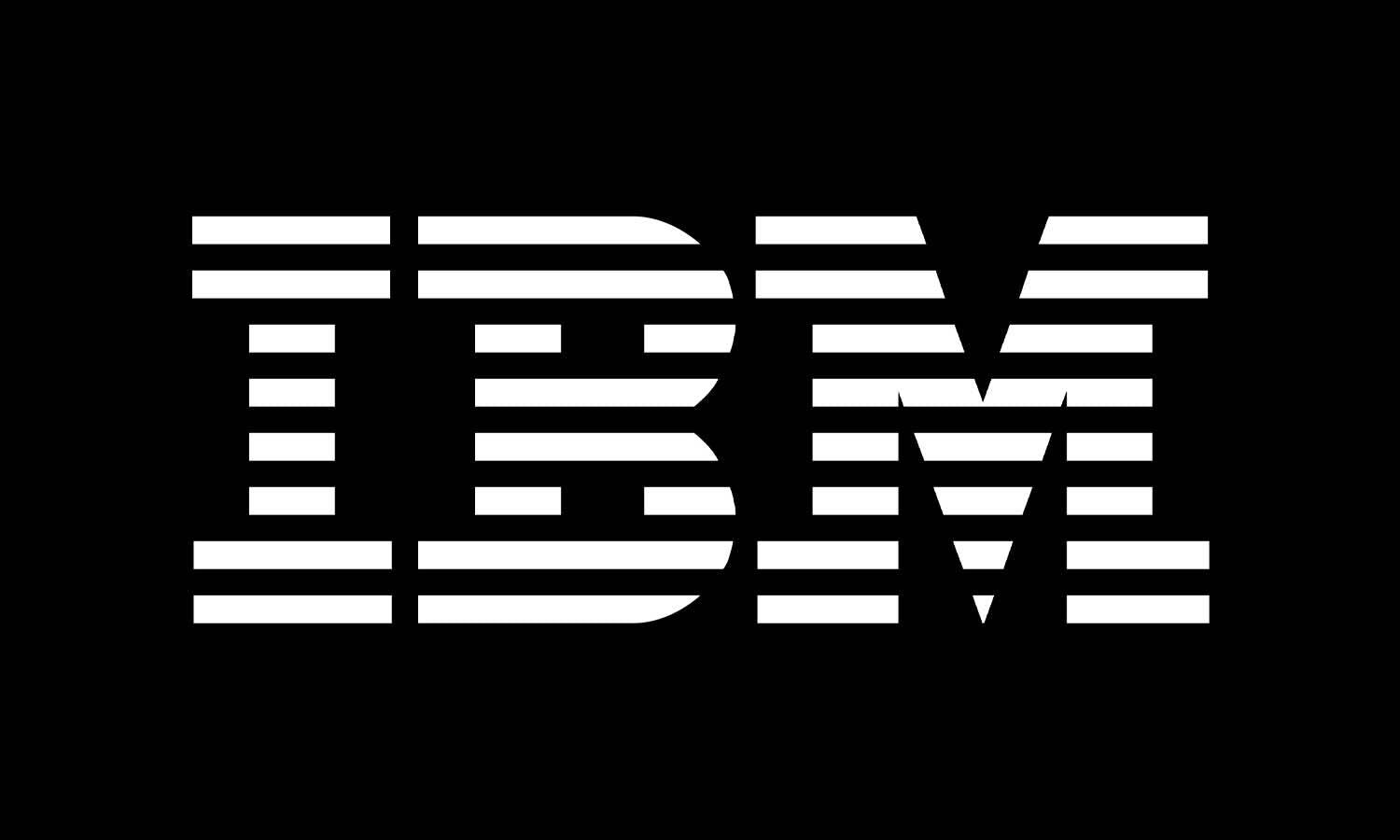
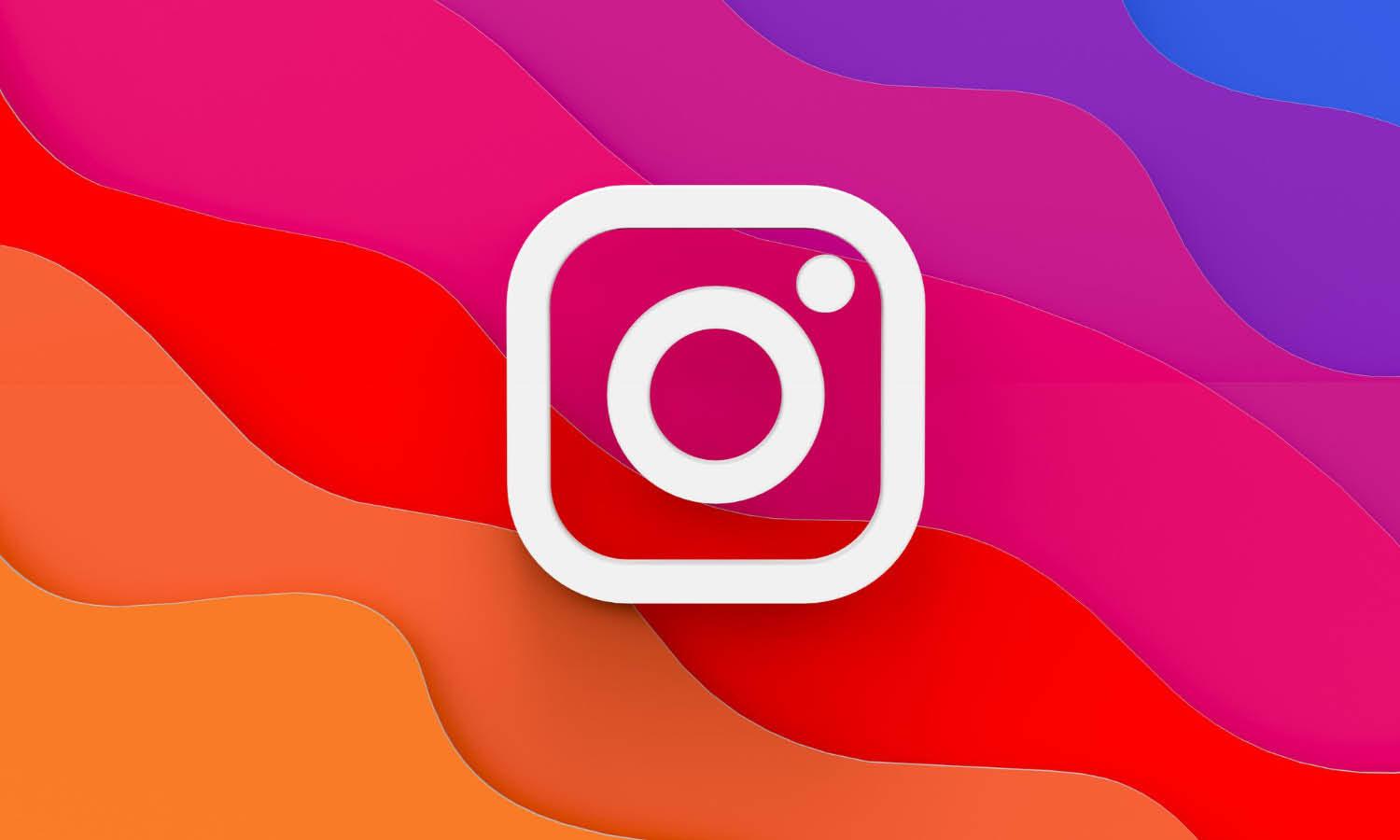
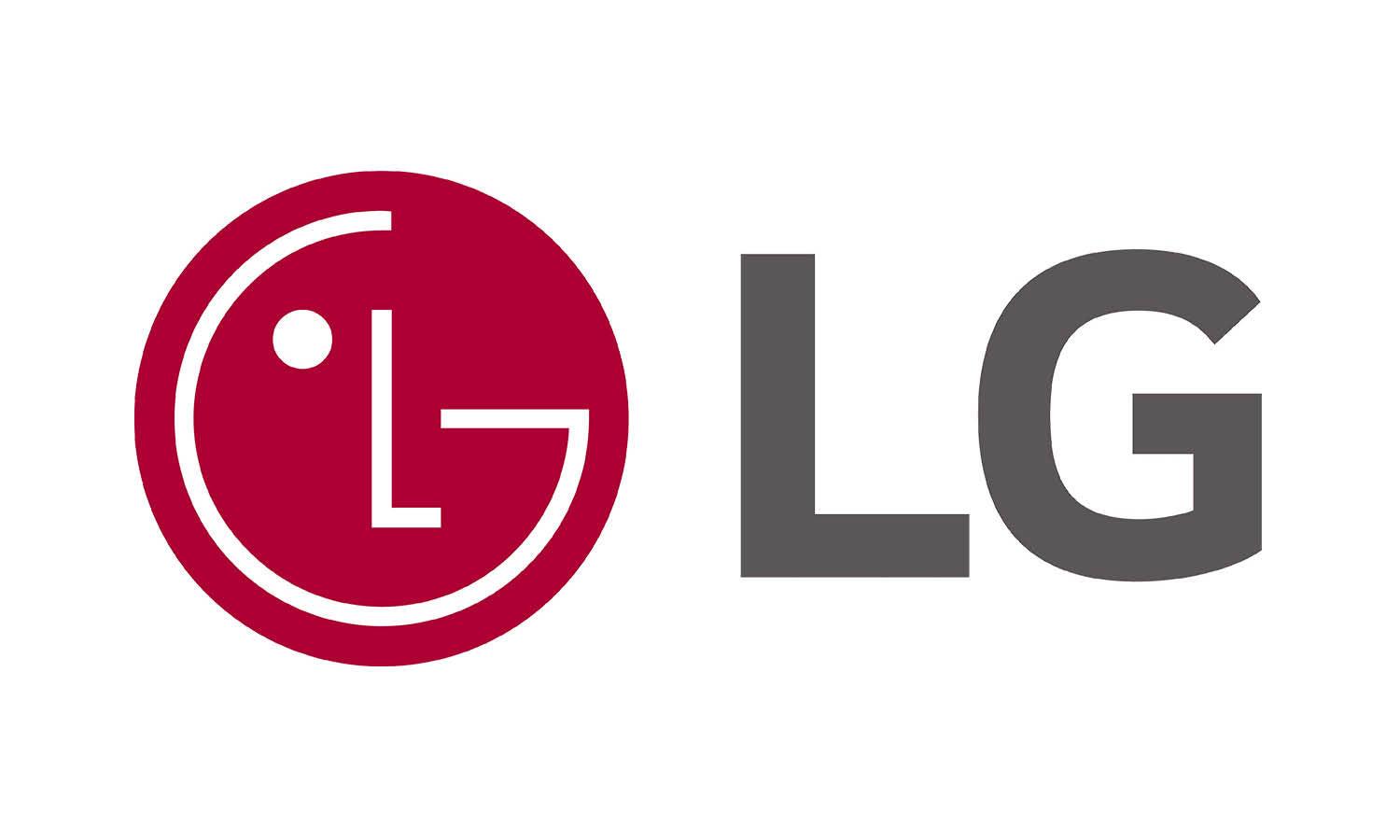

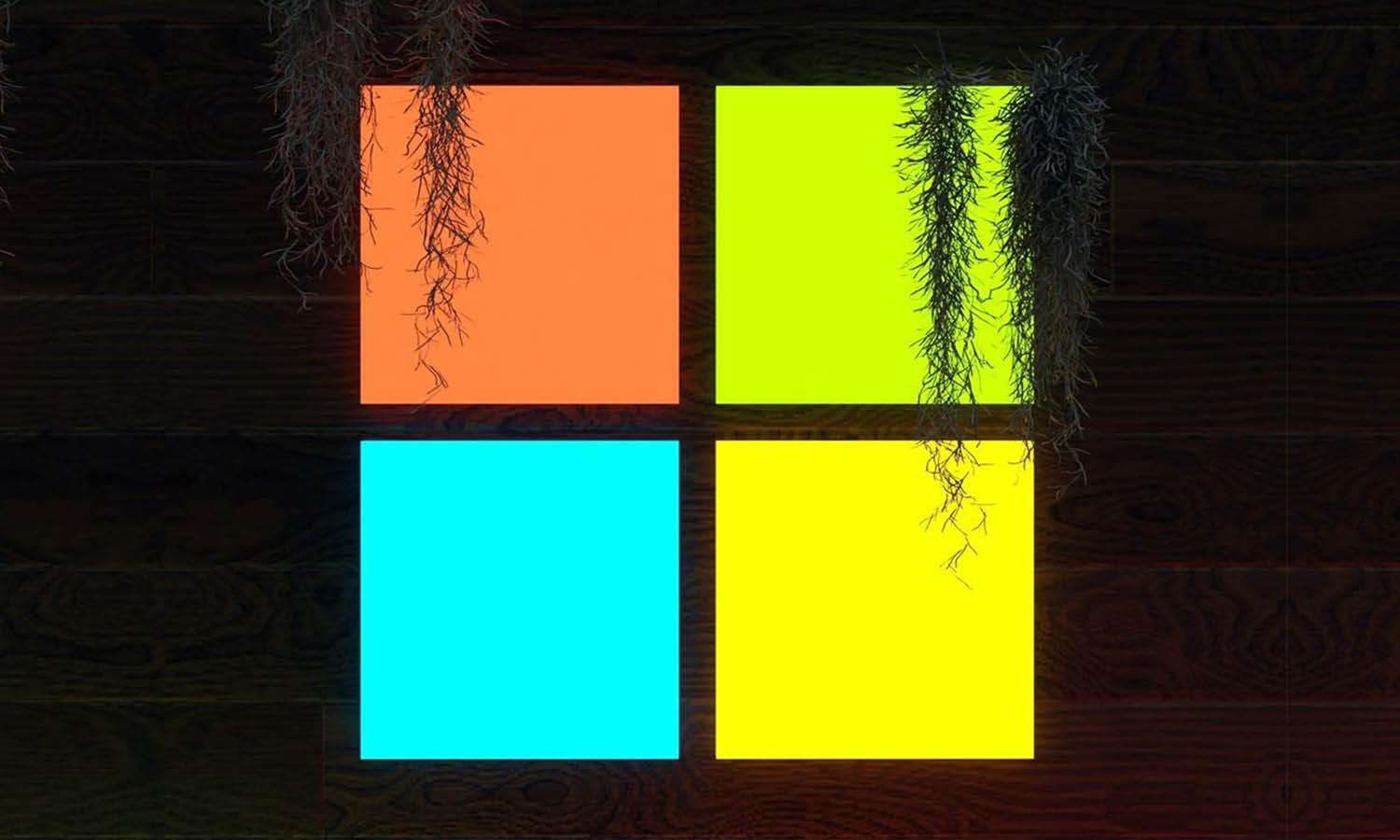
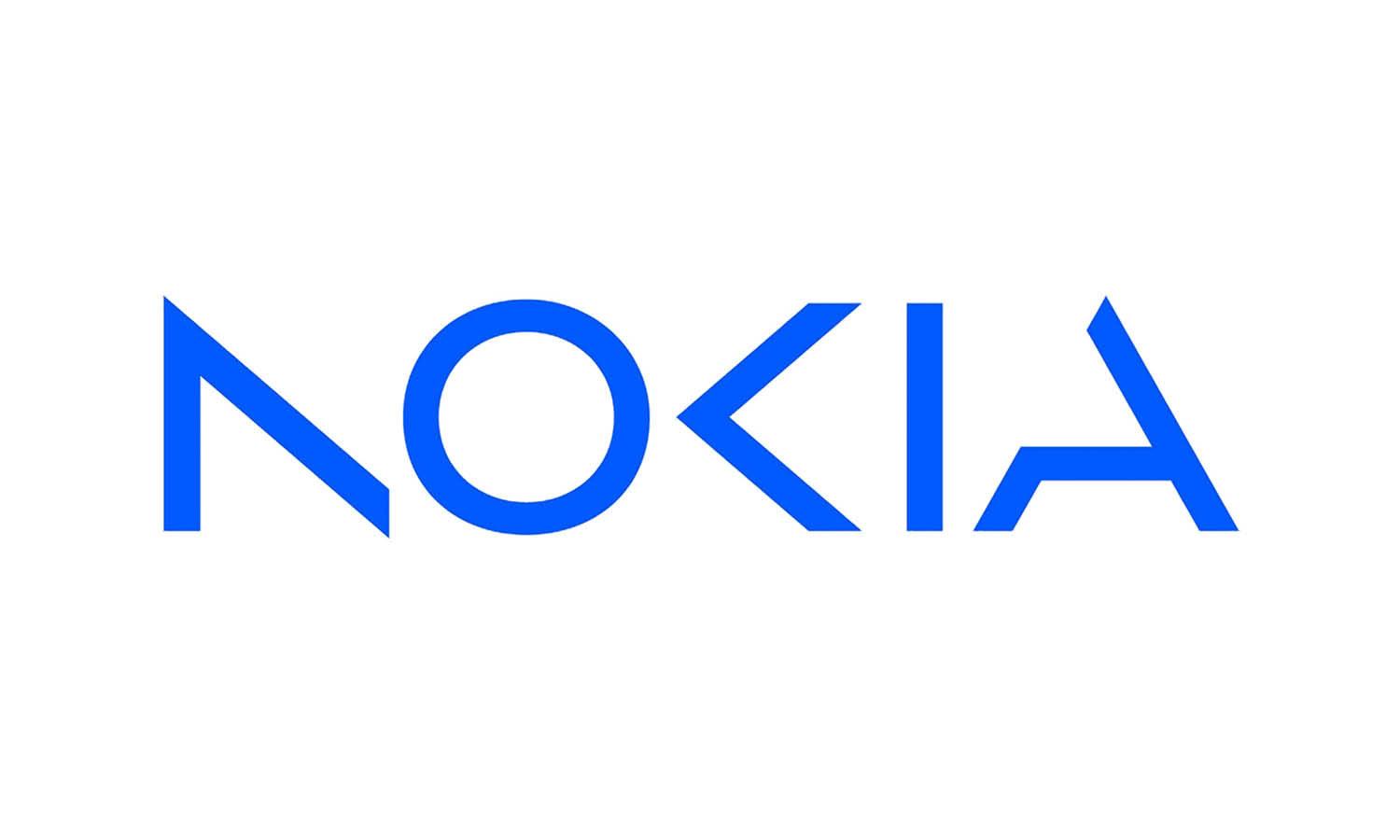








Leave a Comment